#Garden culture
Explore tagged Tumblr posts
Text
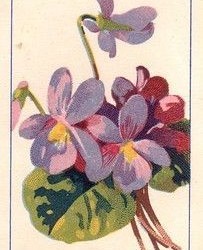

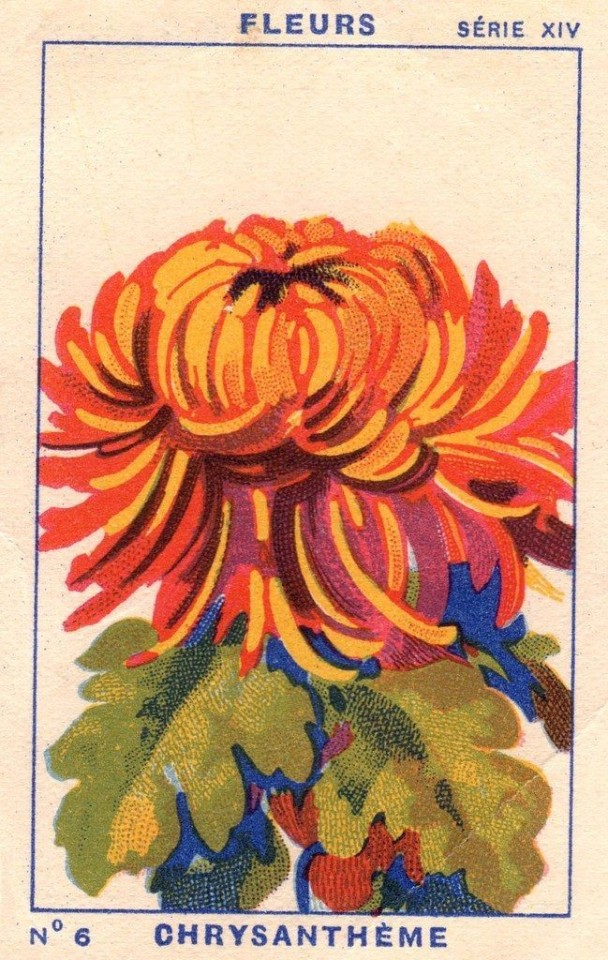
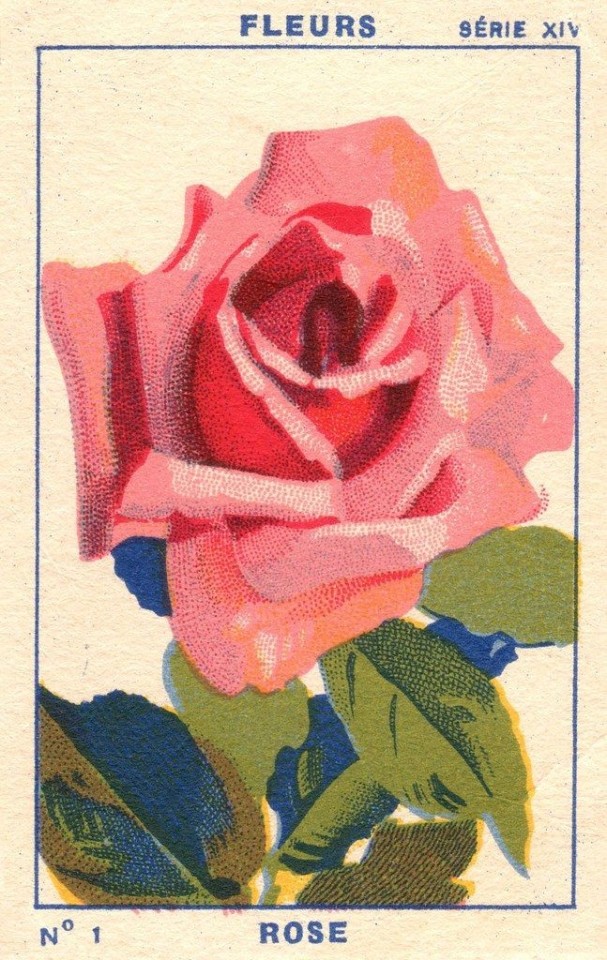
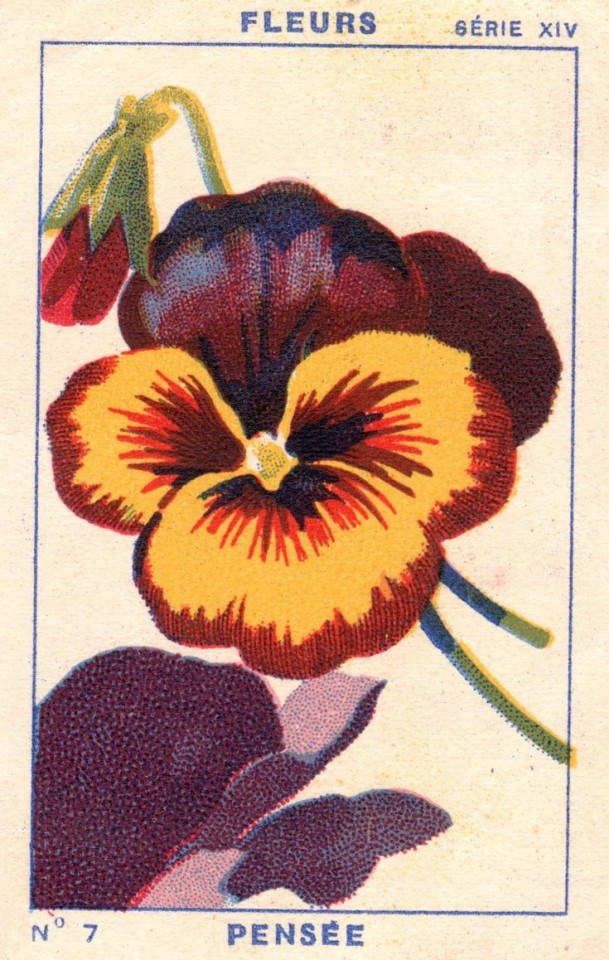

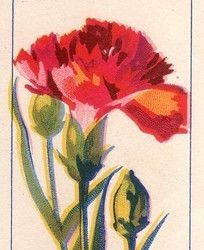


French Flower stamps
Photos by Pilllpat on Flickr
#cottagecore#flowes#stamps#journal#books & libraries#nature#photography#woodland#themarchingbeetle#plants#garden#art#goblin culture#mushrooms#artwork
10K notes
·
View notes
Text
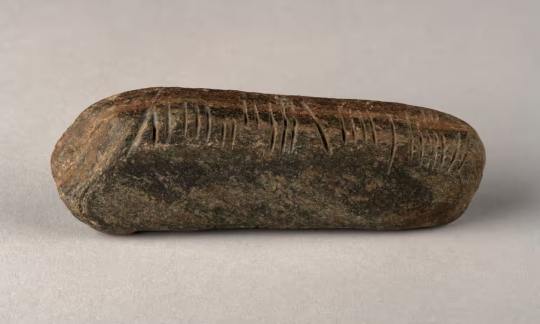
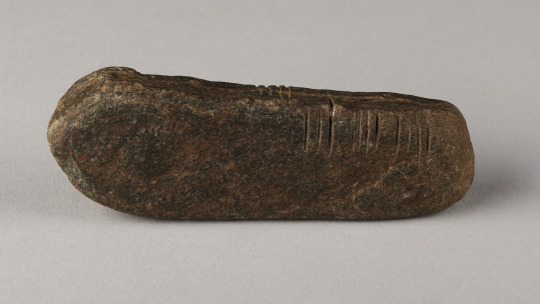
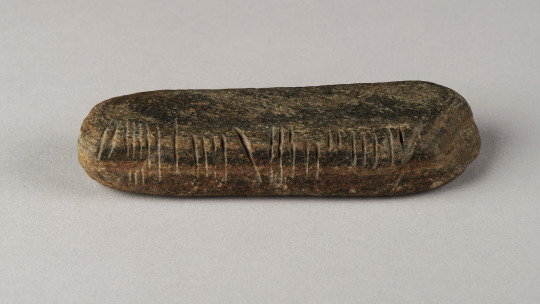
Stone With 1,600-Year-Old Irish Inscription Found in English Garden
A geography teacher, Graham Senior, stumbled across a rock with mysterious incisions while tidying his overgrown garden in Coventry, England. The discovery of a small stone carved with an early form of Celtic script has caused excitement among archaeologists.
The rectangular sandstone rock was found by Graham Senior in Coventry during lockdown in 2020 while he was weeding, but its true value was only recently understood.
The 11-centimeter-long and 139-gram rectangular sandstone rock had cryptic inscriptions on it that suggested a history spanning over 1,600 years, all written in the mysterious Ogham alphabet.
Ogham is an early medieval alphabet used to write the Archaic Irish language from the 4th to the 6th century and Old Irish from the 6th to the 9th century. It is usually found carved on stones in Ireland, Wales, and western Britain. It was the first written language in Ireland. The majority of the 400 or so known inscriptions from the Archaic Irish period are family name pillars that were built to announce land ownership.
Ogham is an extremely unique writing system among all writing systems, with lines arranged in groups of one to five only. The stones provide insight into the Irish language before the use of the Latin insular script.
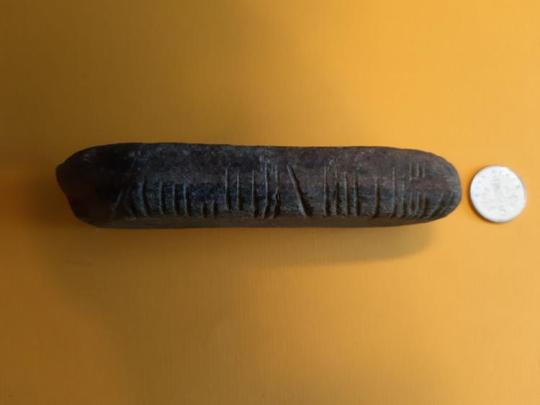
Finds liaison officer for the Birmingham Museums Trust, Teresa Gilmore, told RTÉ’s Morning Ireland that the discovery on an Ogham stone in the English midlands was a rare find.
“These finds do not turn up in the midlands. The bulk of Ogham inscriptions are found over in Ireland,” she said.
Professor Katherine Forsyth of Celtic Studies at the University of Glasgow conducted additional research that shed more light on the stone’s provenance. Her findings point to a period suggesting a timeframe ranging from the fifth to sixth centuries, with the possibility of an even earlier date in the fourth century.
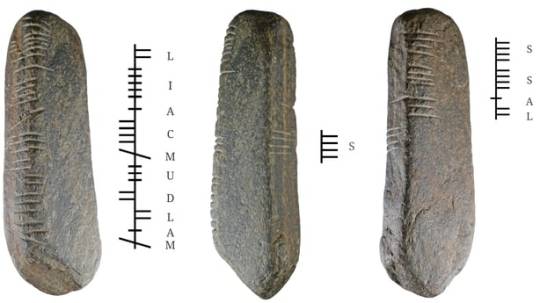
The stone is inscribed on three of its four sides. The inscription on the stone, “Maldumcail/S/ Lass,” puzzled researchers, with interpretations pointing towards a version of the personal name Mael Dumcail, but the meaning of the S and LASS is unclear. Given the usual purpose and significance of ogham stones, it may be a location reference.
Theories regarding the origins of the stone abound, with speculations ranging from migration patterns to the presence of early medieval monasteries in the region.
The rock will be displayed at the Herbert Art Gallery and Museum in Coventry, to which Senior has donated it permanently. It will feature in the forthcoming Collecting Coventry exhibition, which opens on 11 May.
By Oguz Kayra.

#Stone With 1600-Year-Old Irish Inscription Found in English Garden#Coventry England#Celtic script#sandstone rock had cryptic inscriptions#Ogham alphabet#ancient artifacts#archeology#archeolgst#history#history news#ancient history#ancient culture#ancient civilizations#celtic history#irish mythology#celtic art
640 notes
·
View notes
Text

Title: Corner of a Garden
Artist: John Singer Sargent
Date: 1879
Style: Impressionism
Genre: Flower Painting
#art#art history#artwork#painting#history#museums#culture#vintage#curators#museum#john singer sargent#impressionism#flower aesthetic#flower art#flowers#garden
423 notes
·
View notes
Text
Someone just tagged one of my tweedy selfies with "dark academia is problematic" and I'm just dying over here, especially since I associate my look more with riding horses than archiving at the Mütter Museum.
Anyway, "vintage style, not vintage values."

#half of Dark Academia aesthetic posts are of men in waistcoats that make them look like Olive Garden waiters#I am sartorially offended to be confused for that aesthetic lol#this is what happens when an aesthetic movement is built upon pop culture cliches with no understanding of fashion or history#I chuckle at folks who imagine me on some archeological adventure#but what's really in my imagination is being called out to help with lambing season#“dark academia” vibe to me is that shitty couple who cosplay 24/7 as 1920s British Egyptologists#excuse me but I'm larping as a 1930s British country vet
230 notes
·
View notes
Text

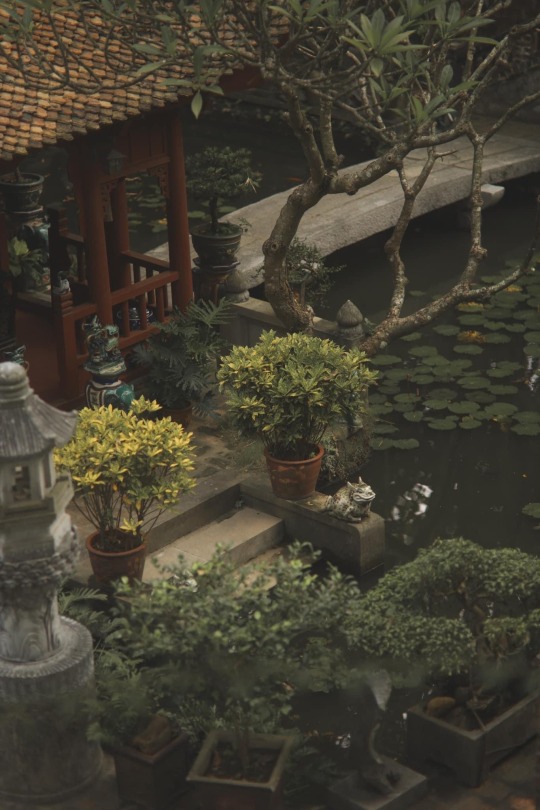
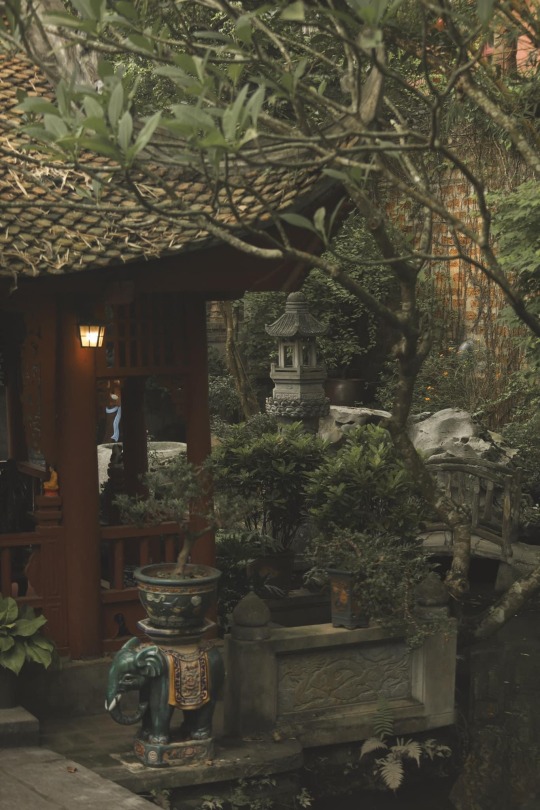


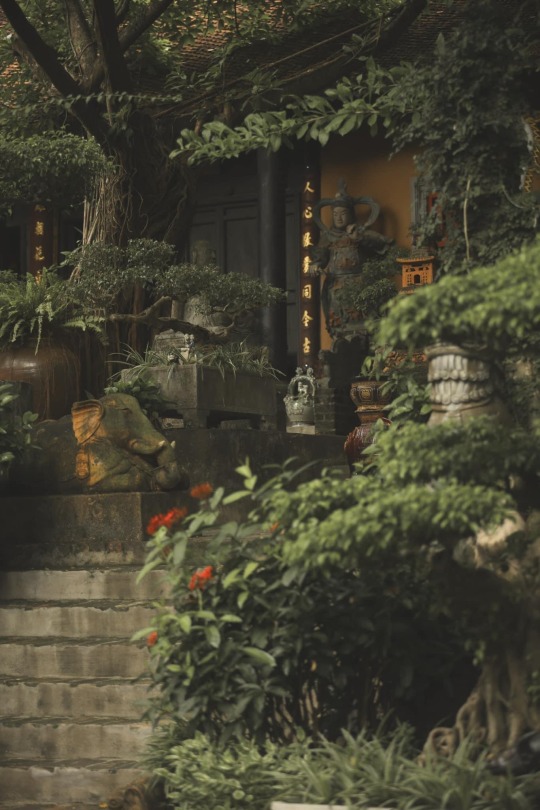

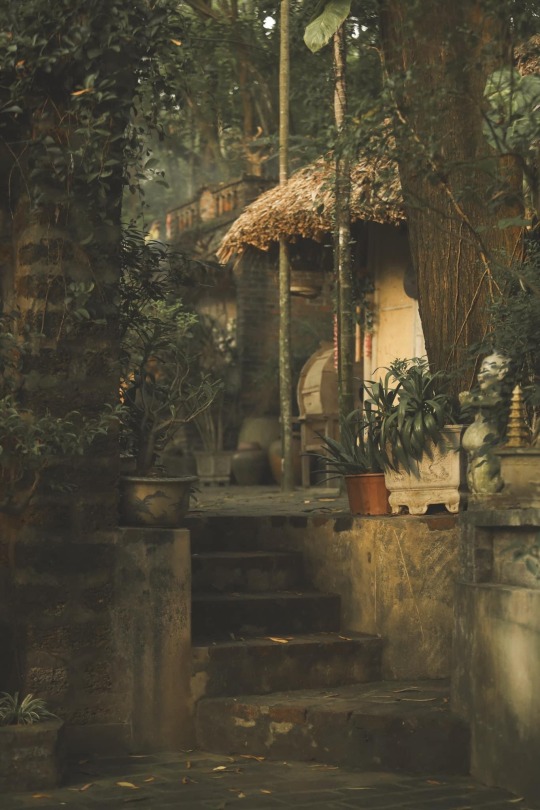
Việt Phủ Thành Chương, Hanoi, Vietnam. Credit to Hoang Anh.
#vietnam#vietnamese#culture#history#sinosphere#travel destinations#travel#hanoi#heritage#museum#restored#traditional#traditional architecture#lotus pond#garden#antiques#traditional art#traditional arts#art
2K notes
·
View notes
Text





Centuries-old camphor trees in Yantou Village, Lishui, Zhejiang.
Photo: ©张霂佑tago
#ancient china#chinese culture#chinese garden#tree#trees#forest#greenery#green#green aesthetic#camphor tree#camphor#countryside#landscape#scenery#qing dynasty#ming dynasty#old china
559 notes
·
View notes
Text
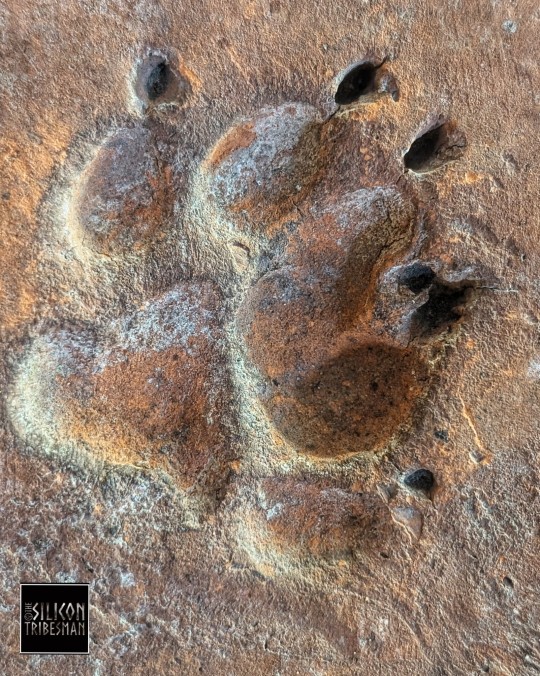
Dog Paw On Roman Tile, Chedworth Roman Villa, Cheltenham
#roman tile#romans#roman empire#roman garden#roman villa#paw marks#archaeology#ancient cultures#ancient living#ancient pottery#pottery#ceramics#domestic life#roman society
159 notes
·
View notes
Text

@paymetea (2021)
IG | Tumblr
#paymetea#black culture#black tumblr#black fashion#glamour#black beauty#blackgirl#black girl moodboard#black is beautiful#high fashion#black girl fashion#plants#nature#gardening#photoshoot#black model#black art#black women#black girl luxury#black girl magic#beauty#taurus#houseplants#old money#haute couture#runway model#beautiful model#anok yai#naomi campbell#tyra banks
157 notes
·
View notes
Text





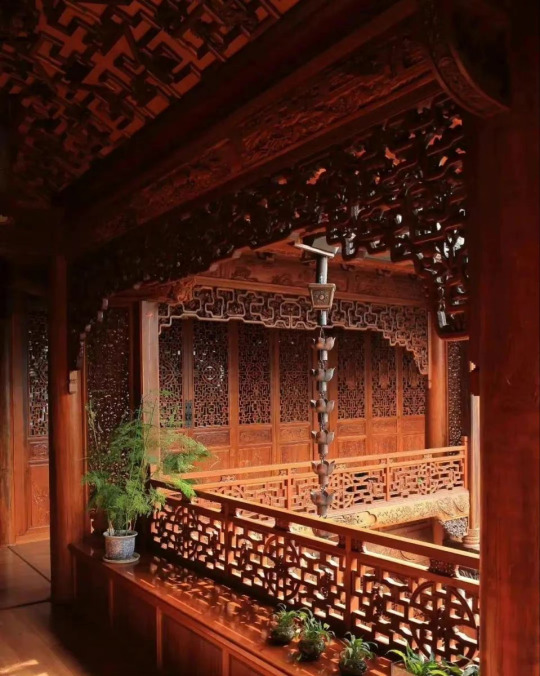
🪴 Siheyuan | 四合院 🪴
Is a historical type of courtyard residence that is commonly found across China. Designs differ in every region. For example, in the northwest where dust storms are strong, the walls tend to be higher. In the South the houses are built with multiple stories. In the northeast the weather is cold so courtyards are broad and large to increase the exposure to sunlight, and there are more open rooms inside the walls.
#chinese culture#chinese history#chinese architecture#asian architecture#Chinese courtyards#courtyards#china#east asia#siheyuan#east asian cultures#gardens#plants
593 notes
·
View notes
Text

Title: A Corner of the Garden at Montgeron
Artist: Claude Monet
Date: 1877
Style: Impressionism
Genre: Landscape
#art#art history#artwork#painting#history#museums#culture#vintage#curators#museum#claude monet#impressionism#garden#landscape
335 notes
·
View notes
Text
Un-Actions, or Restriction of Activities
This is my first post in a series I’ll be making on how to increase biodiversity on a budget! I’m not an expert--just an enthusiast--but I hope something you find here helps!
There’s a good handful of ways you can help increase biodiversity in your yard that don’t require buying things--in fact, these may actually help you save money in the long run! They may seem small and simple, but every bit counts! Whether you can do these in totality, or just limit how often you do these actions, it’ll make a difference.
Not Mowing, or Mowing Less Often
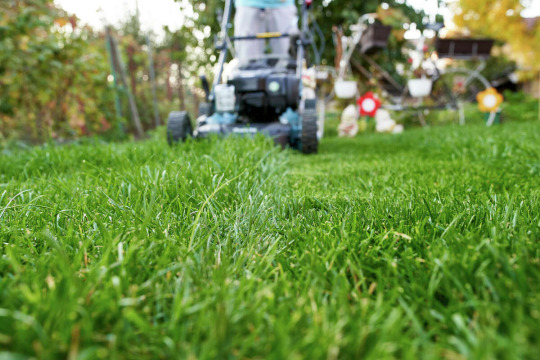
Turf grass lawns are considered a monoculture, meaning they don’t provide much opportunity for insects to find habitat--so few other creatures find them enjoyable either. An expanse of turf grass is, in many ways, a barren wasteland in the eyes of wildlife--too exposed to cross, with few to no opportunities for food or shelter, leaving them exposed to blazing hot sun, freezing cold, or any predators that may be lurking nearby. A place to be avoided. The simple act of letting your grass grow unbothered gives a chance for wildflowers to grow, and for your grass to grow taller--providing more habitat for insects, which then provides more habitat to birds and other creatures that feed on said insects. Wildlife want nothing more than to skirt by unnoticed, so even leaving the grass tall along the edges of a fence or yard can help a little. Even restricting mowing to every other week, or at a higher blade setting, can be a huge help. If HOAs or city ordinances are fussy about lawn length in the front yard, you can likely still keep grass higher in the backyard. Or, you can create a ‘feature’ where grass is allowed to grow long in a specific area. If it looks purposeful, people are more likely to accept it. Not mowing under trees or close to shrubs not only leaves space for wildflowers to grow, but also means you don’t have to deal with mowing over bumpy roots and other difficulties. Cutting different areas at different times can be an option for letting grass grow long in some areas while still having available places for play and entertainment. I’ve seen some people plant flower bulbs when pulling up weeds, so in the future they'll bloom in early spring before mowing is usually necessary. This could be another fun way of adding biodiversity to a lawn without--or before you--begin mowing in spring.
Not worrying about mowing, or doing it less often, saves you in time, money, and energy. You won’t have to buy as much gasoline for your mower, and Saturday afternoons can be free to be enjoyed in other ways aside from being sticky and sweaty and covered in grass stains. In addition, you’ll likely be lowering your own carbon emissions!
If you do have to mow your lawn, I’ve got ways you can use your grass clippings to boost biodiversity later in the post series!
Not using pesticides, herbicides, fungicides, etc.
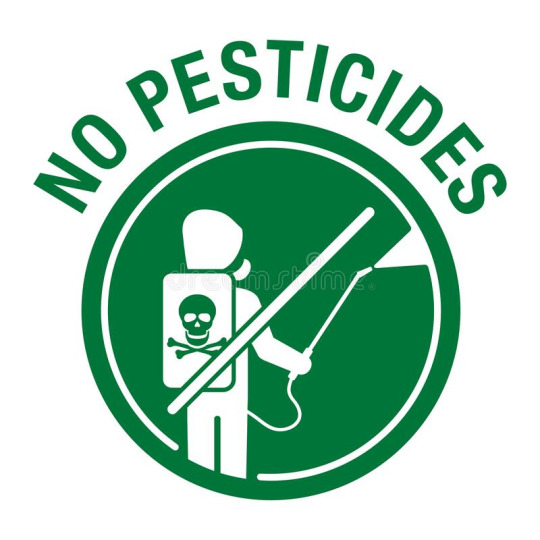
One of the next-biggest non-actions you can do asides from not mowing is using fewer fewer to no herbicides, fungicides, and pesticides in your yard. This’ll easily allow for more biodiversity. Allowing more insects and a wide array of plants to thrive will feed back into the entire food chain in your area. In addition, these types of chemicals have been tied to algae blooms, death of beneficial insects, harm to birds, fish, and even humans. Soil is supposed to be full of fungi, especially fungal mycelium that essentially acts as a network for plants to communicate, share nutrients, and support each other--fungicide kills that, and typically makes all other lawn problems even worse in a negative feedback loop. It may take awhile to see the benefits of avoiding these chemicals, but once you see it, it really is astounding.
However! I can’t lie and say that there haven’t been points where I needed to use pesticides at some points in my gardening journey. In these cases, try to use products that are organic--like diatomaceous earth, neem oil, etc--and use them accurately, correctly, and sparingly. Follow instructions on how to apply them safely and responsibly--for example, on non-windy days and during times when bees and other pollinators aren’t likely to be out and about. With some pests (read: oleander aphids, in my experience), a simple jetstream of water is enough to force them off the plant where they’ll be too weak to get back. Eventually, you should have a balanced enough ecosystem that no one insect pest causes a major issue with the work you’re doing to boost biodiversity.
If you can bear to, try handling pests manually. Squishing pest bugs in your hand is a pretty foolproof way to get rid of some problems, or spraying them with a mix of soap and water can do the trick on some insects. Alternatively, picking them off your plants and into a bucket of soapy water is also a valid option. You’ve heard of baptism by fire, now get ready for… baptism by soap?
But also! Try reconsidering what you consider a pest! Tomato hornworms are hated by gardeners, for devouring the foliage of beloved tomato, pepper, and potato plants. But killing the tomato and tobacco hornworm means getting rid of sphinx moths, also known as hummingbird or hawk moths! Hawk moths are vital to the survival of many native plants, and are sometimes even the only species that pollinates them. If you can bear to, consider sacrificing a few tomato plants, or growing a few extras, so we can continue having these beautiful moths for years to come. After all, they may not even do significant damage to the plants!
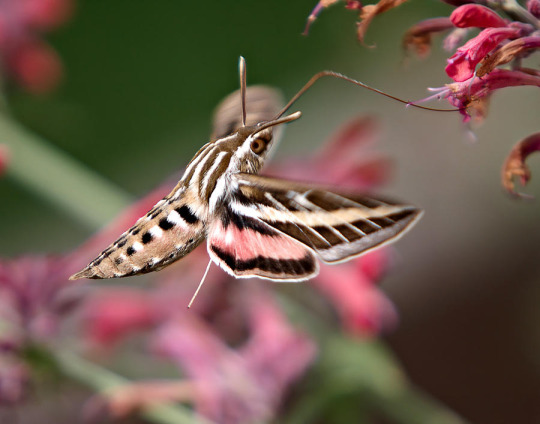
With that in mind, be friendly to your natural pest managers! Lacewings, ladybugs, praying mantises, wasps, birds, bats, and more will help manage pest populations in your environment! Encourage them by planting things they like, providing habitat, and leaving them be to do their work! Avoiding pesticides helps make your garden a livable environment for them, too!
Letting Weeds Grow
Many of the plants we know as 'weeds' are actually secondary succession species and native wildflowers. Milkweed was regarded as a noxious, annoying weed for a long time, and now people are actively trying to plant them after learning about the important role they play in our environments! Weeds are adapted to take over areas that have been cleared out of other plants after a disaster, so they're doing much of the initial work in making a habitat for other creatures. In fact, many of them will simply die back as the environment repairs itself.
An important thing to note is to please make sure that your ‘weeds’ are not invasive species. Work on learning how to identify native and invasive species in your area, and pull out what’s harmful to leave room for what’s good!
Don’t Rake (Or At Least Don’t Bag Your Leaves)

Many insects overwinter in piles of leaves that we often rake away and bag up in the fall and winter. By doing this, we are actively throwing away the biodiversity of our neighborhoods! If you can, leave the leaves where they fall!
If you do need to rake, put the leaves in places wildlife can still access it instead of bagging it up. Move your leaves into garden beds to serve as mulch, or along the edge of fences to rest while keeping egg cases and hiding bugs intact and free to release come spring.
Leave Snags Where They Are
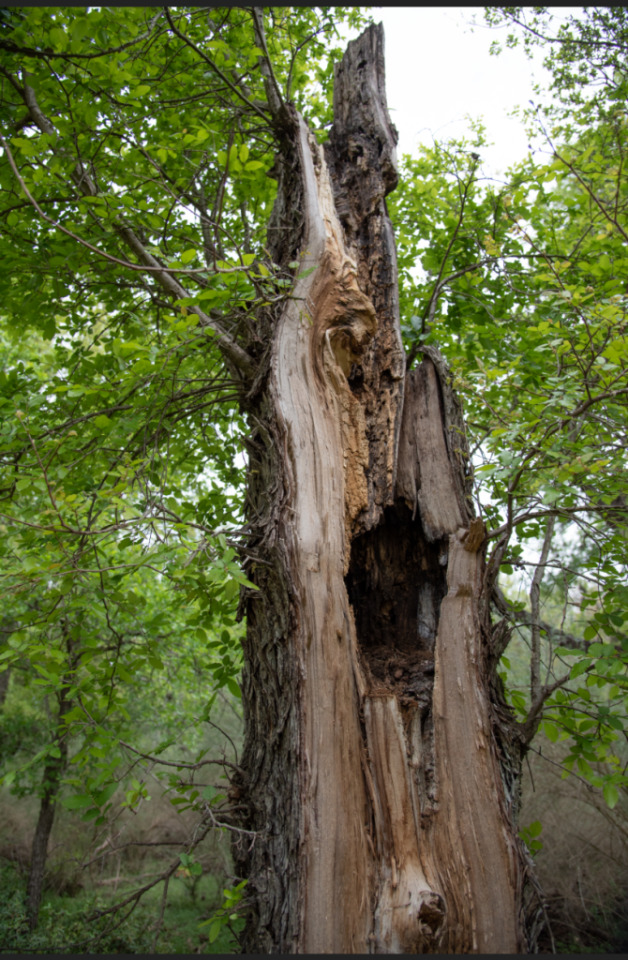
Snags are dead trees/dead branches on living trees. They provide an important wildlife habitat--many birds nest in them, or use them to seek cover from rain, and many insects will also live in snags (making them an additional food source for birds and other creatures). Tree cavities are used as nests by hundreds of bird species in the US, and many mammals use them as well, such as bats, squirrels, raccoons, and sometimes even bears. Some trees form cavities while they’re still alive, but in conifers they’re more likely to form after death. Crevices between the trunk of a dead tree and its peeling bark provide sun protection for bats and amphibians, and leafless branches make great perching areas for birds of prey to hunt from above. The decaying wood is home to insects and fungi, who then feed birds, mammals, amphibians, and reptiles. Do check on the snags regularly to ensure they don’t serve a threat to any nearby structures, but whenever possible, leave them be!
Keep Your Cat Inside
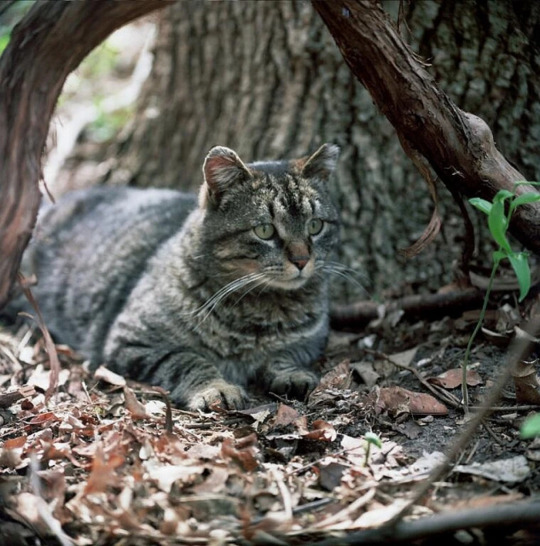
If you have an outdoor cat, consider making the adjustments to have it be an indoor cat. If you have an indoor cat, keep it as an indoor cat. Free ranging cats impact biodiversity through predation, fear effects, competition for resources, disease, and more. Keeping little Mittens inside does a lot more to help than it may seem from the outside.
That’s the end of this post! My next one’s gonna be on things you can add to your space that aren’t directly related to growing plants. For now, I hope this advice helps! Feel free to reply with any questions, success stories, or anything you think I may have forgotten to add in!
#biodiversity#solarpunk#gardening#outdoor gardening#lawn culture#anti lawn culture#environmental stewardship#(i think that counts)#ani rambles#out of queue#the biodiversity saga#I know I said this in the masterpost already but another reminder some people aren't in a position to do all or some or even any of this#i have so far been unsuccessful in convincing my parents to not mow or rake because we live in an HOA neighborhood#but do what you can/are able to! it'll help!
1K notes
·
View notes
Text

82 notes
·
View notes
Text




Plant of the Day
Saturday 19 October 2024
This cultivar of Beta vulgaris subsp. cicla var. flavescens (Swiss chard) had dramatic red stems. This group of cultivated beets can produce an edible crop all year round and are known for their resistance to bolting (running to flower and seed). These plants were being grown on a ‘hugelkultur’ (hill culture) which is a no-dig raised bed filled with biomass (wood, leaves, cardboard and other compost) and finished with soil. This feature holds moisture, builds fertility and maximises the surface area.
Jill Raggett
#beta#swiss chard#red stems#plants#vegetable garden#vegetables#edibles#horticulture#gardens#garden#hugelkultur#hill culture#Black Isle Brewery
140 notes
·
View notes
Photo

John William Waterhouse, Psyche Entering Cupid’s Garden - 1904
1K notes
·
View notes
Text


Fathabad Garden/ Kerman/ Iran
Photography: Ali alirezai
#iran#persian#middle east#iranian#persia#farsi#travel#art#culture#architecture#kerman#persian garden
109 notes
·
View notes
Text
Summary: Dipper´s boyfriend is sweet and dorky and cute and everything everyone ever wanted for Dipper, and they´re so happy together it´s almost ridiculously cheesy. There´s, of course, the tiny little detail that Wirt might or might be a demon from another dimension but hey, nobody´s perfect right? In which Dipper´s family try to get him to realize his boyfriend is a demon but he´s so grossly in love his nerd brain has stopped working
Author: @that-one-girl-behind-you
Note from submitter: first part of the DemonicBae-verse
#official fic poll#haveyoureadthisfic#pollblr#internet culture#fandom culture#fanfic#fanfiction#tumblr polls#fandom poll#Rose-colored glasses#over the garden wall#otgw#gravity falls#crossover#pinescone#ao3
64 notes
·
View notes